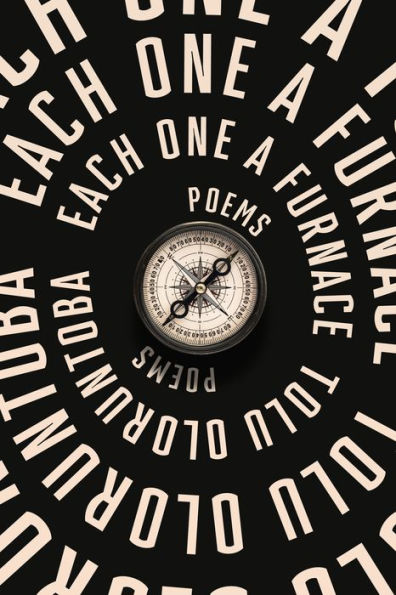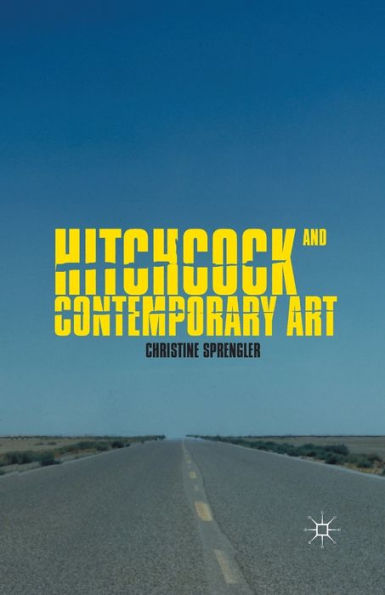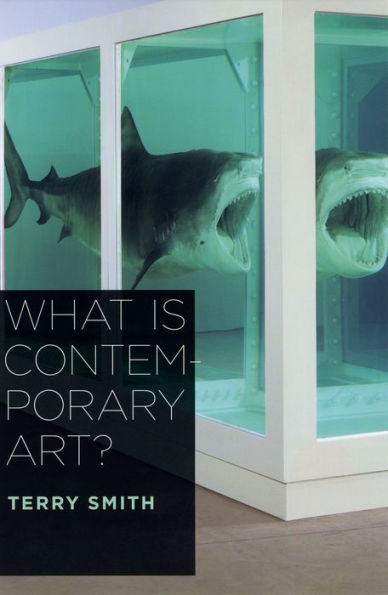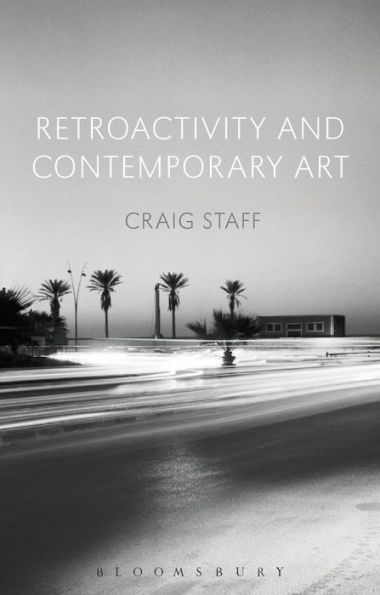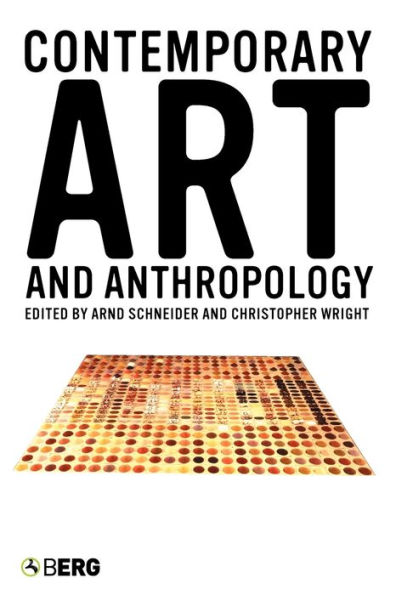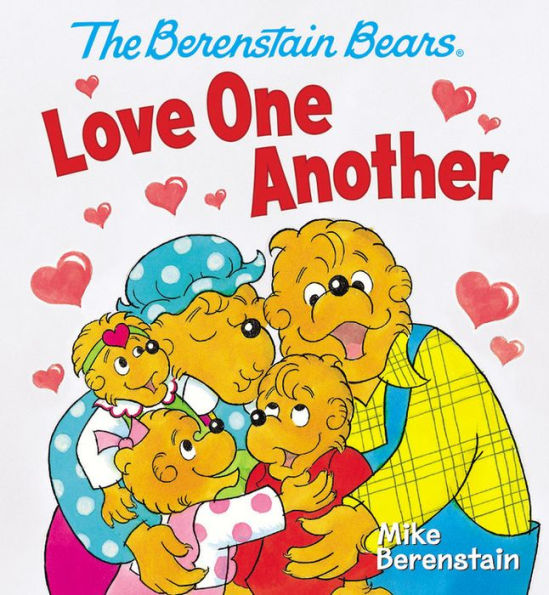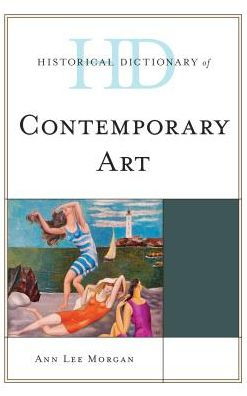Home
Each One Another: The Self Contemporary Art
Barnes and Noble
Each One Another: The Self Contemporary Art
Current price: $40.00


Barnes and Noble
Each One Another: The Self Contemporary Art
Current price: $40.00
Size: Hardcover
Loading Inventory...
*Product information may vary - to confirm product availability, pricing, shipping and return information please contact Barnes and Noble
A consideration of how contemporary art can offer a deeper understanding of selfhood.
With
Each One Another
, Rachel Haidu argues that contemporary art can teach us how to understand ourselves as selveshow we come to feel oneness, to sense our own interiority, and to shift between the roles that connect us to strangers, those close to us, and past and future generations. Haidu looks to intergenerational pairings of artists to consider how three aesthetic vehicles--shape in painting, characters in film and video, and roles in dance--allow us to grasp selfhood. Better understandings of our selves, she argues, complement our thinking about identity and subjecthood.
She shows how Philip Guston’s figurative works explore shapes’ descriptive capacities and their ability to investigate history, while Amy Sillman’s paintings allow us to rethink expressivity and oneness. Analyzing a 2004 video by James Coleman, Haidu explores how we enter characters through their interior monologues, and she also looks at how a 2011 film by Steve McQueen positions a protagonist’s refusal to speak as an argument for our right to silence. In addition, Haidu examines how Anne Teresa de Keersmaeker’s distribution of roles across dancers invites us to appreciate formal structures that separate us from one another while Yvonne Rainer’s choreography shows how such formal structures also bring us together. Through these examples,
reveals how artworks allow us to understand oneness, interiority, and how we become fluid agents in the world, and it invites us to examinecritically and forgivinglyour attachments to selfhood.
With
Each One Another
, Rachel Haidu argues that contemporary art can teach us how to understand ourselves as selveshow we come to feel oneness, to sense our own interiority, and to shift between the roles that connect us to strangers, those close to us, and past and future generations. Haidu looks to intergenerational pairings of artists to consider how three aesthetic vehicles--shape in painting, characters in film and video, and roles in dance--allow us to grasp selfhood. Better understandings of our selves, she argues, complement our thinking about identity and subjecthood.
She shows how Philip Guston’s figurative works explore shapes’ descriptive capacities and their ability to investigate history, while Amy Sillman’s paintings allow us to rethink expressivity and oneness. Analyzing a 2004 video by James Coleman, Haidu explores how we enter characters through their interior monologues, and she also looks at how a 2011 film by Steve McQueen positions a protagonist’s refusal to speak as an argument for our right to silence. In addition, Haidu examines how Anne Teresa de Keersmaeker’s distribution of roles across dancers invites us to appreciate formal structures that separate us from one another while Yvonne Rainer’s choreography shows how such formal structures also bring us together. Through these examples,
reveals how artworks allow us to understand oneness, interiority, and how we become fluid agents in the world, and it invites us to examinecritically and forgivinglyour attachments to selfhood.
